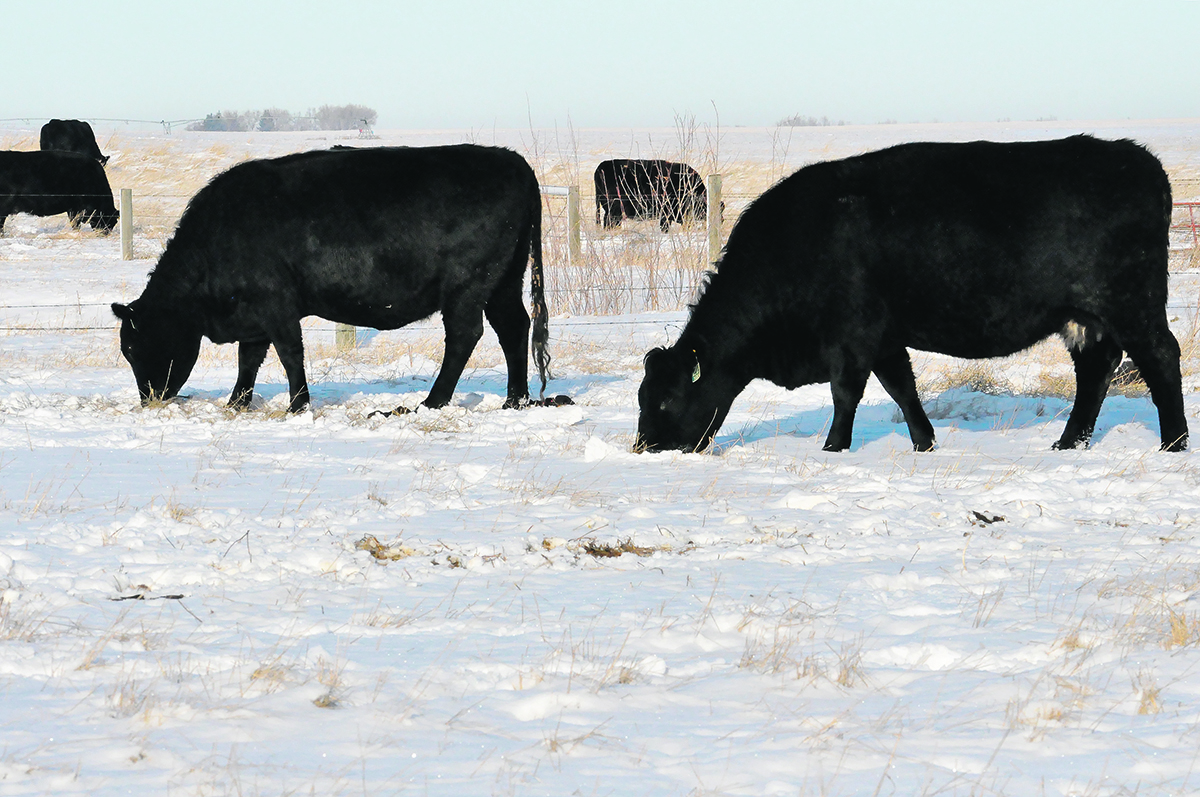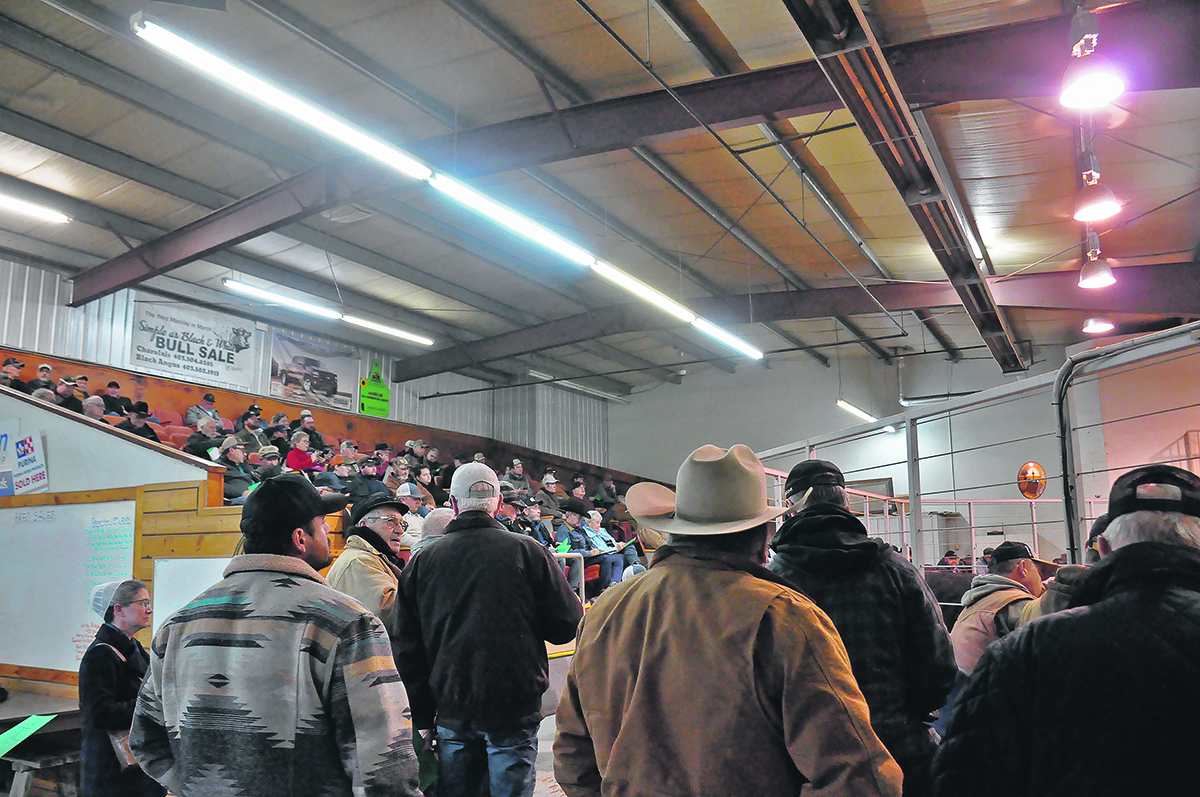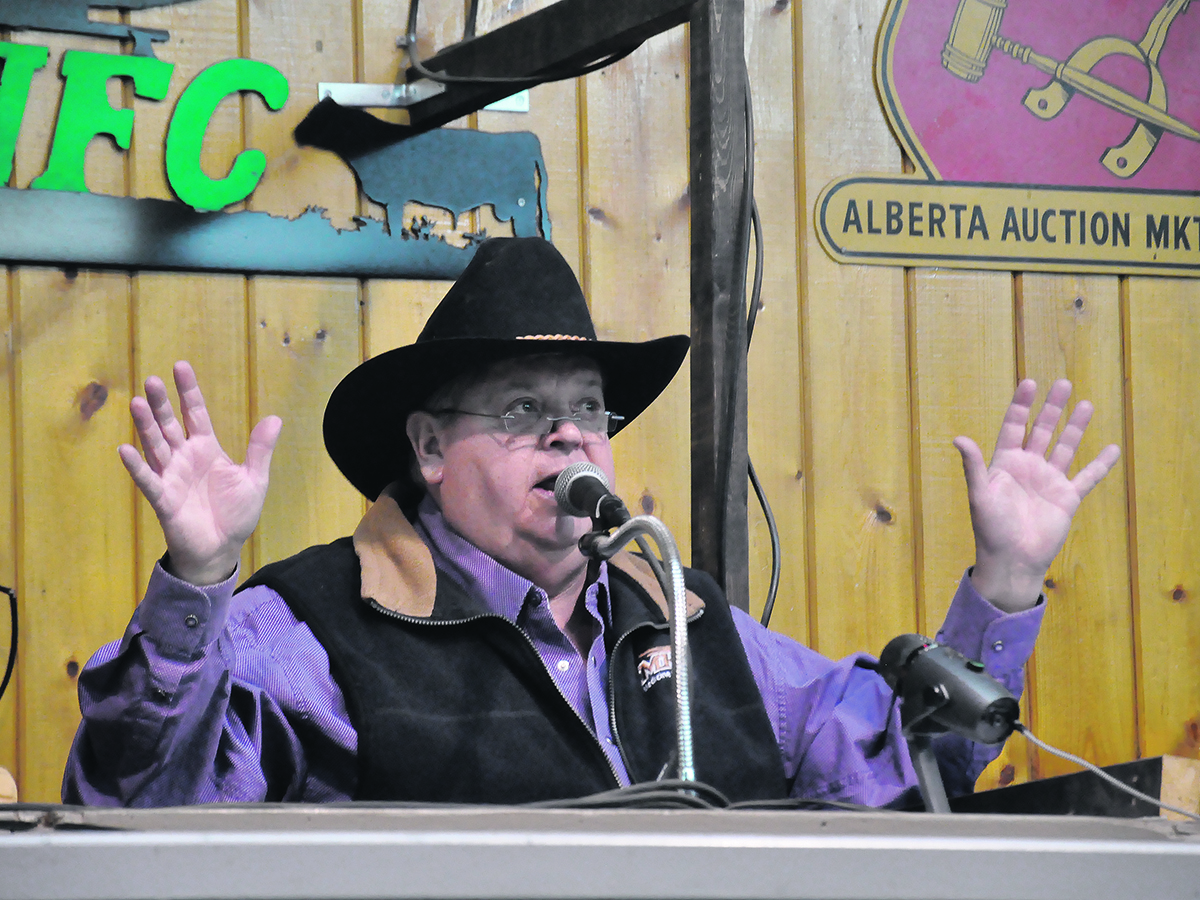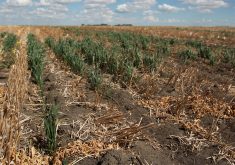Alberta’s cattle sector is like a locomotive leaving the station.
It has built a full head of steam, the pressures of market forces have reached a boiling point, and it’s heading to a profitable destination in 2025. As the new year arrives, there is no shortage of optimism.
“We’re walking into a historic time for the cattle industry,” barked auctioneer Darren Lutz during the opening of Medicine Hat Feeding Company’s bred cattle sale. “The market has been as good as it ever has.”
Read Also

Russian wheat exports start to pick up the pace
Russia has had a slow start for its 2025-26 wheat export program, but the pace is starting to pick up and that is a bearish factor for prices.
The facts, feelings and sentiment bear out the grandiose nature of his comments because the market is going gangbusters. The optimism is a stark contrast to the outlook at the end of 2023.
Few parts of Alberta’s cattle country have been spared drought in recent years. At the start of 2024, regions in southern Alberta were preparing for a widespread water shortage and plans were developed to ration the essential commodity. Fires were burning underground in Alberta’s half of the Peace Country, a holdover from the cataclysmic blazes of the previous spring.
Cow-calf operators were culling their herds by 30 to 50 per cent, while trying to keep any pasture they had for use when faced with sky-high feed prices. The sight of snow coverage on fields in Alberta’s Chinook country was rarer than spotting a jackalope in the wild. But salvation was on the way.
In May 2024, the sky opened for nearly a month straight across the most moisture-deprived parts of the province, sparking hope that the worst of a generational multi-year drought was over.
While optimistic, Brad Dubeau, Alberta Beef Producers general manager, is cautious about what the weather holds for ranchers in 2025.

“It’s going to take some time. There were some pastures that got hit awfully hard throughout the drought,” said Dubeau, and it will take time for a measured rebuild of cattle herds.
Timely rains in spring 2024 turned things around.
“That recovery created an optimism that hadn’t been there for a while. We were seeing strong prices on all classes of cattle. We were seeing some moisture, so we knew that the feed was going to be available and it was extremely good going into the fall,” said Dubeau.
“Our purebred sales have been strong and that gives an indication as well that there is a positive feeling in the commercial industry. They’re prepared to invest in new genetics to make their own herd better.”
Heading into the last quarter of 2024, slaughter cattle prices were at record levels in the province with price gains of 12 per cent, according to Alberta government data. And Alberta beef is fetching top dollar across the country. After years of having to cull just to make it to the next year, producers are rebuilding herds.
That situation has also seen retail prices rise, an issue Dubeau said ABP is watching carefully.
“We know what consumers are struggling with because on the ranching and farming operations, we’re also feeling that same inflation,” he said. “Even though prices are strong, margins aren’t what people think they might be because all of the expenses have gone up.”
Despite the squeeze of high retail prices for families, Dubeau said it’s a testament to the quality of the product that consumers are still buying Alberta beef.
“It’s selling strong but it is expensive out there. A measured rebuild of the cow herd I think would be positive as we see inflation start to fall and some of the pressure we see on the consumer comes back into alignment to be more affordable.”
Lyle Taylor, former general manager of the Medicine Hat Feeding Company, has one foot into retirement but the blistering cattle market has locked his other foot firmly in the business. He said if U.S. president-elect Donald Trump’s America first emphasis results in punitive tariffs on Alberta beef, it could stall the sector’s recovery.
“This is steady for five years if we don’t have politics interfere,” said Taylor, whose experience, and that of his family, stretches far into southern Alberta’s beef sector history.
“I’ve never seen the cattle industry this high … I’ve been home since ’76 and I’ve never seen anything like this,” he said. “We had bred cattle (at the beginning of December) – older cows – bringing in $6,600.”
Taylor’s sentiment is playing out across Alberta auction houses. But while fears of tariffs are not universal, ABP is eyeing the situation as clouds of a trade war with the U.S. start to gather.
“There is no doubt that there will be a negative impact if 25 per cent tariffs come into reality,” said Dubeau, referencing Trump’s social media threat in November. “There’s no doubt and it won’t just be the beef industry, that negative impact. You are going to feel that in every sector in every province across this country.”
Dubeau said ABP is supporting a “Team Canada” approach. Live cattle trade both ways across the border, supporting feedlots on both sides, and imported calves from the U.S. will help rebuild depleted herd inventories.
“There are processors right along the northern border that depend on finished cattle from Alberta, and those finished cattle help make those processors to be able to continue to offer processing to the northwestern producers of the United States,” said Dubeau.
That’s just one example of potential cascading effects on the industry, he added.
Dubeau said his recent trip to the Montana Stockgrowers Association annual meeting was a chance to discuss the challenges that a break in the integrated market would spark.
“Our relationship with Montana is so important. We were addressing and talking about some of the concerns about the incoming leadership. There is a passion from those individuals that see some areas that need to be corrected but at the same time, they also recognize the importance of the Canadian cattle trade.”

Tariffs are on the minds of some producers. Others are happy to put their cows out to pasture, even with grazing restrictions as the region’s short grass prairie rebuilds, said Nolan Pahl, a rancher in southeastern Alberta.
“We’re in the cattle business. It goes up and down so it really doesn’t matter to me. If it happens, you still gotta sell cows, change your business plan or go around it,” said Pahl.
And there is no squashing the buoyance in the beef industry.
“From last year to this year, it’s like a complete 360,” said Pahl. “Last year was pretty much the end of the drought, at least as much as we could handle. Cows were licking rocks to make it through the summer. People pulled them early, started feeding them early. People dumped a lot of cows, culling good cows.
“Now everybody’s short on cows. I think that’s what’s pushed this to ridiculous highs.”
As for ABP’s wish list for 2025, Dubeau said reforms to the AgriStability program are near the top. The program has been streamlined in recent years to reduce the amount and complexity of paperwork required, and reference margins were removed, but more must be done.
“AgriStability needs to work better for the cow-calf and feeding industry. The cap of $3 million from years ago is not where values are at today. That has to be looked at.”
But while success in the cattle industry will never be travelled in a straight line, the path now is lit up, the tracks are clear and it’s full steam ahead.
















